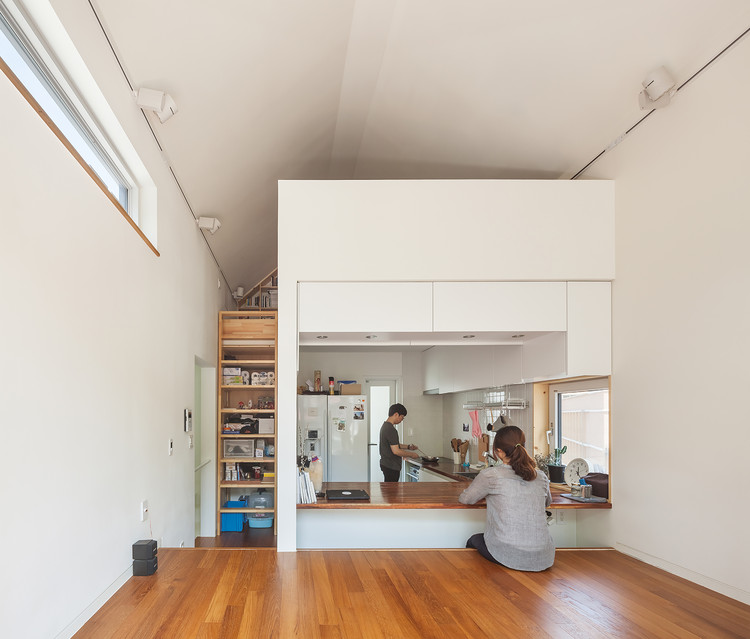
-
Architects: OBBA
- Area: 50 m²
- Year: 2015
-
Photographs:Kyungsub Shin

Text description provided by the architects. According to the Seoul Institute’s 2015 census data, the average floor area of a newlywed’s home is 72.7m2, and 44.6% of newlyweds live in an apartment building and/or multipurpose commercial/residential building typology. Two thirds of newly-wed couples lease on deposit basis, and 49.3% of those couples pay 100,000,000 to 200,000,000 KRW. The standardized typology and over-inflated housing price limit the parameter of choice in choosing a house for a young couple.





























